Lady revealing her Breast - The Collection - Museo Nacional del Prado
$ 14.50 · 4.5 (540) · In stock
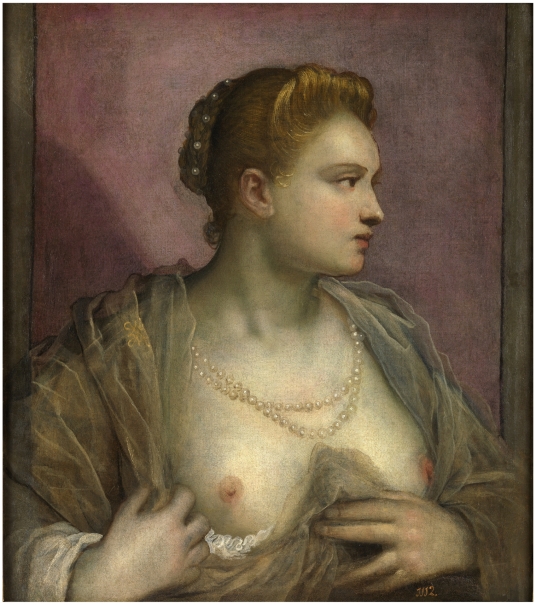
A number of portraits of Venetian ladies entered the Spanish royal collection between 1636 and 1666. One is known to have hung close to Las Meninas and beside Guido Reni’s Girl with a Rose in Philip IV’s summer study at the Alcázar in Madrid, as part of a decoration programme designed by Diego Velázquez (1599–1660).
A number of portraits of Venetian ladies entered the Spanish royal collection between 1636 and 1666. One is known to have hung close to Las Meninas and beside Guido Reni’s Girl with a Rose in Philip IV’s summer study at the Alcázar in Madrid, as part of a decoration programme designed by Diego Velázquez (1599–1660). Given the absence of detailed descriptions in the inventories, coupled with changes to the format of some of these works, it is difficult to identify the canvas in question with any certainty; however, the quality, gesture, and colour range make this picture a good candidate.
In iconographical terms, the portrait belongs to the ‘Venetian beauty’ type, whose precedents include busts sculpted by Tullio Lombardo (c. 1455–1532) and the Portrait of a Young Woman painted by Giorgione (1477/78–1510) in 1506. Although these pictures have traditionally been associated with courtesans – the lovers and mistresses of rich and influential men, women envied and despised for their freedom and power – some critics have also identified them as brides, wives, heroines, and saints, and have even termed them ‘lyrical female portraits’. The controversy over the status of these women stems from the narrow formal line separating them from Venetian noblewomen, highlighted in contemporary art and literature. However, the identification of this lady as an ‘honest and cultured courtesan’ is supported not only by two drawings in the Mores Italiae (1575) – Ritratto de la Ragusea in Venetia and Veronica Franco – but also by a remark made by Veronica Franco, the famous Venetian poet and courtesan, in her Lettere familiari a diversi, addressed to a young woman about to enter the high-level prostitution business. On the basis of these sources, some critics identify the sitter as Franco herself. The viewer cannot help being moved by her melancholy gaze, which seems to reflect the bitter thoughts expressed in one of her verses dedicated to women ‘obliged to eat with another’s mouth, sleep with another’s eyes, and move according to another’s will’.
X-radiography has revealed that the young woman initially faced the viewer, but Domenico later placed her in profile. This marked a significant iconographical innovation, in that it suggests a comparison with the patrician women featured on Roman medals, thus interweaving the ancient world with Venetian society. Her static pose is countered by her movement in uncovering her breasts, a gesture described in L’arte de’ cenni (1616), a contemporary treatise by Giovanni Bonifacio, as symbolizing the desire to display oneself and attract the gaze, but also to receive and safeguard a lover’s feelings. Uncovering one’s breast was thus an equivocal gesture, somewhere between virtuous and lascivious, which makes it difficult to classify some of these portraits.
Whatever her status, the image of the bare-breasted lady achieved considerable success in the Venetian art world, and became a model for the painting of flesh in a lifelike manner, this being a major concern of Venetian artists. The young woman’s alabaster skin is offset by her slight flush, her full lips, her copper-blond hair, and the sensuality of her nipples. Whether or not she is Veronica Franco, she epitomises the archetypal eroticised beauty of the Venetian Renaissance – rooted in the Middle Ages – which is sufficiently lifelike to exert on the viewer an appeal both visual and tactile. Yet the rosy white complexion of these girls – much envied by European women – was not always natural. The large amount of lead white in these pictures, apart from being a painterly convention, recalls the widespread use of this toxic substance in make-up – trucco – where it was tinged with mercury-based vermilion, while veins were highlighted with lapis lazuli; these customs led to ageing, hair loss, and sometimes death.

Lady revealing her Breast - The Collection - Museo Nacional del Prado
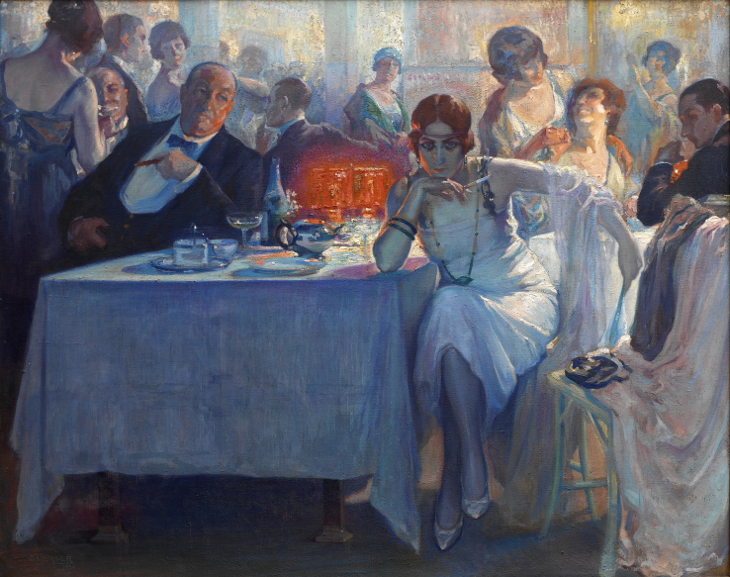
Uninvited Guests. Episodes on Women, Ideology and the Visual Arts in Spain (1833-1931) - Exhibition - Museo Nacional del Prado
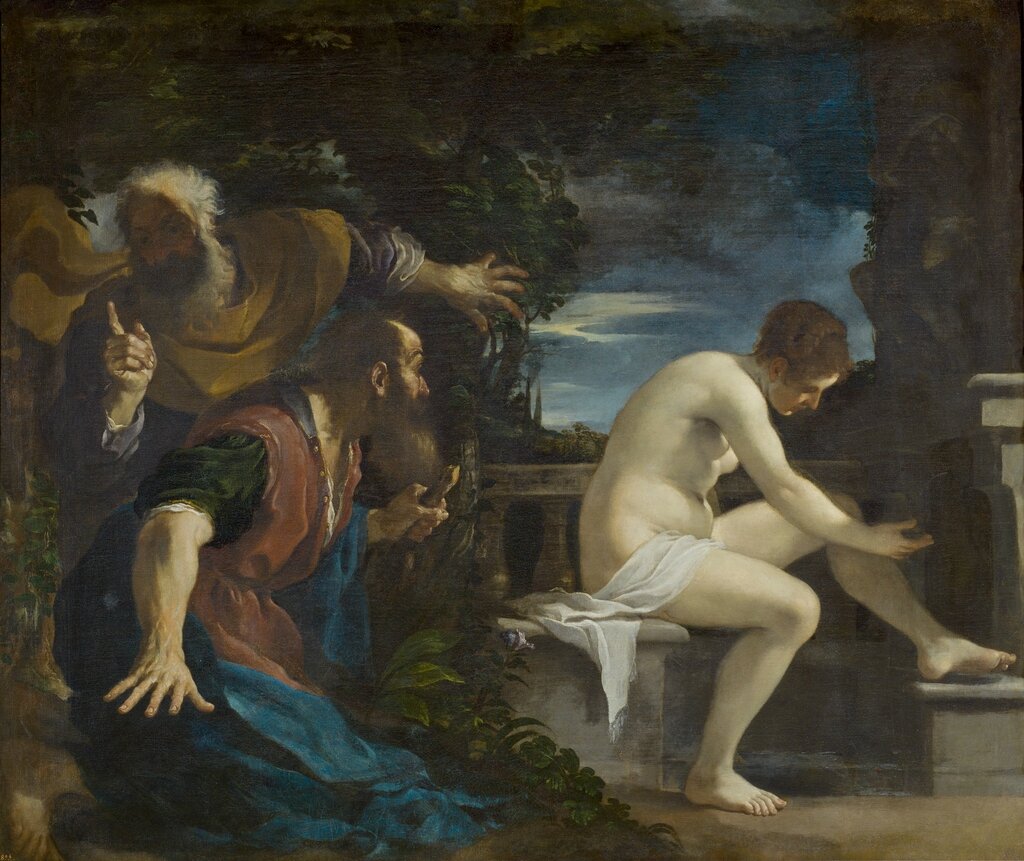
Clark Art Institute brings masterpieces from Spain's Prado Museum to United States - Alain.R.Truong
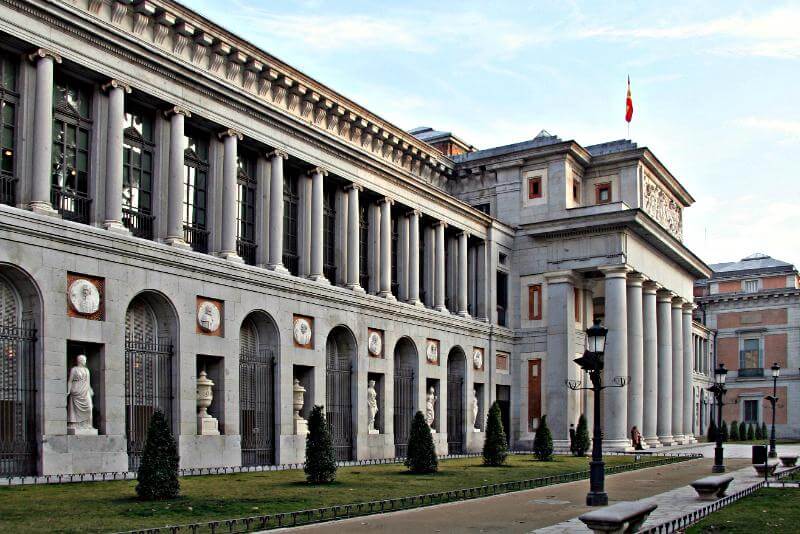
41 Free Things to Do in Madrid (Updated 2022)
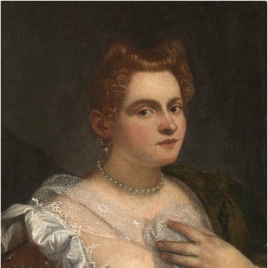
Lady revealing her Breast - The Collection - Museo Nacional del Prado

Nude imagery explored in exhibit of masterpieces from Madrid's Prado at the Clark Art Institute, Entertainment
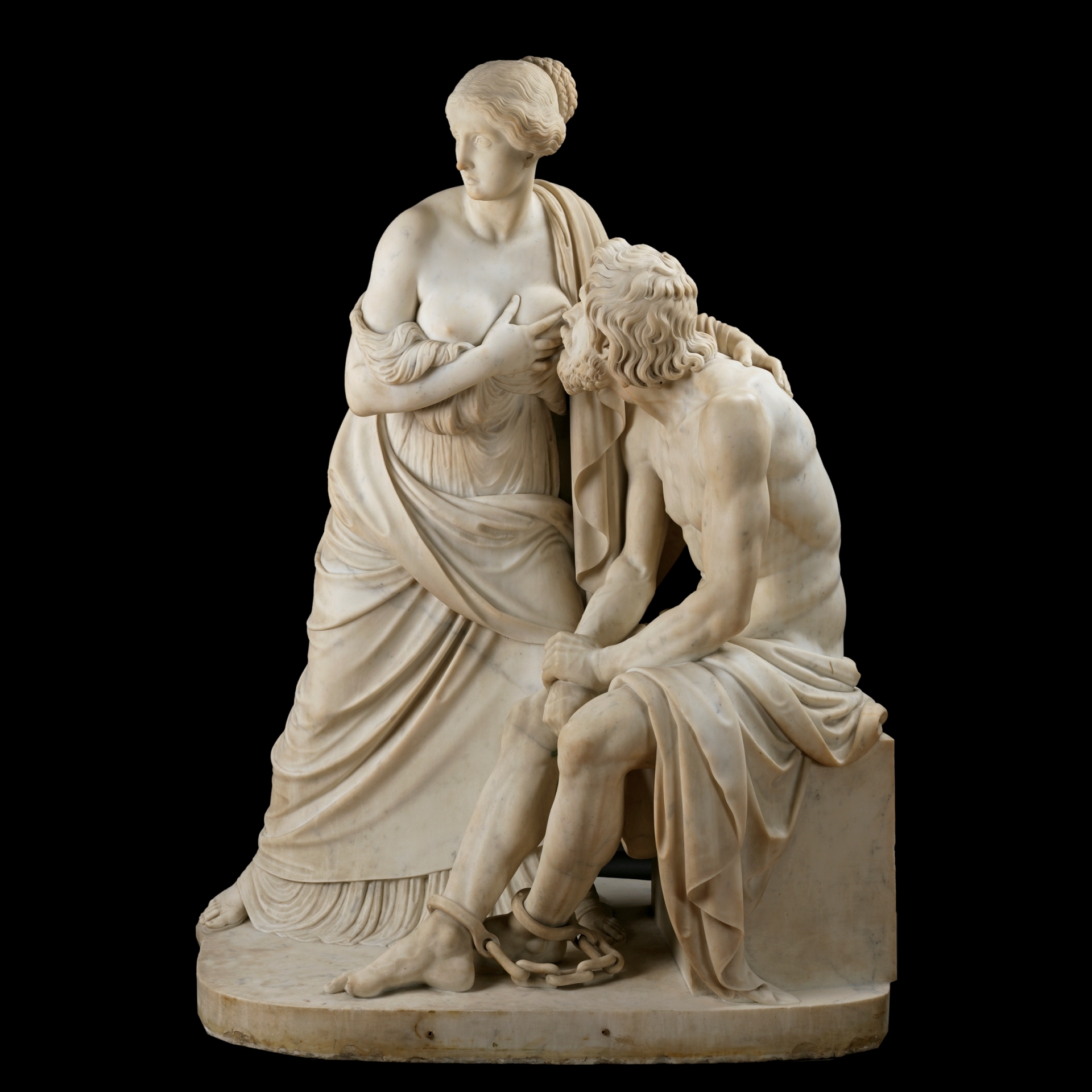
Roman Charity - The Collection - Museo Nacional del Prado

Female Bust in an Urn - The Collection - Museo Nacional del Prado
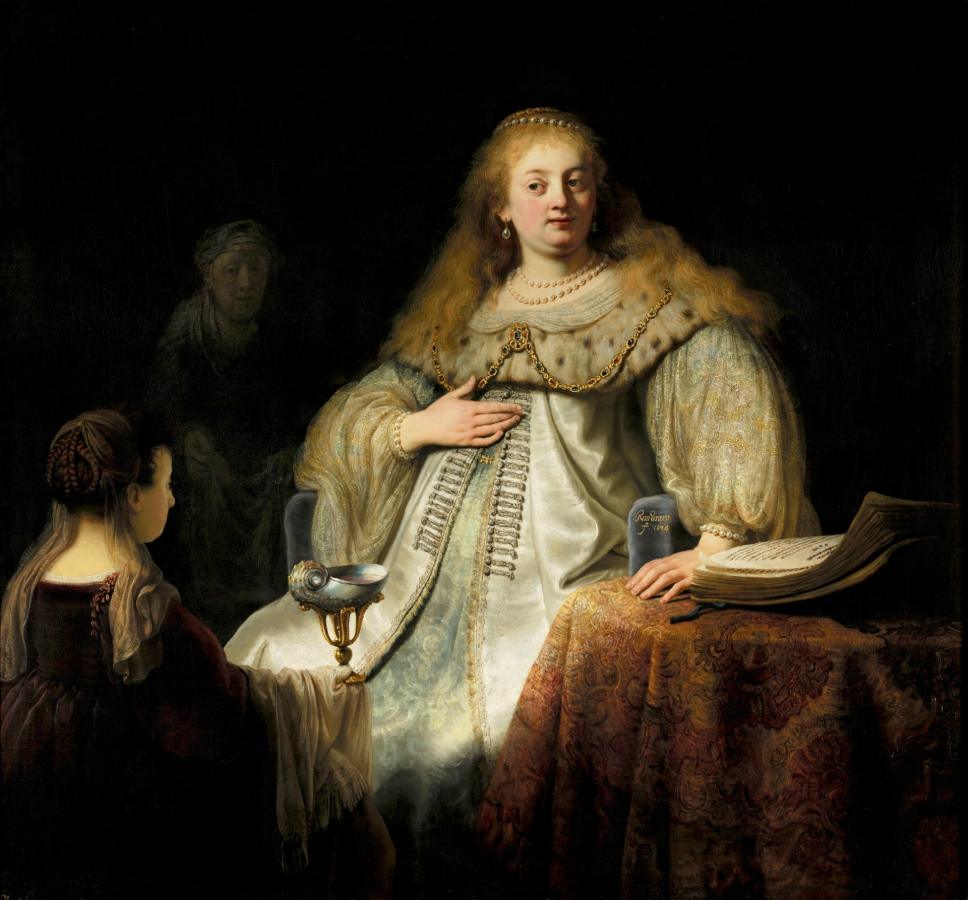
Judith at the banquet of Holofernes (1634) – The Ark of Grace